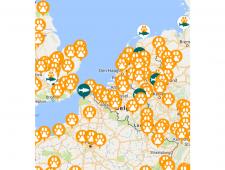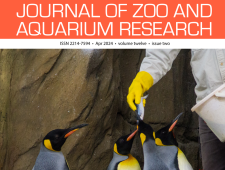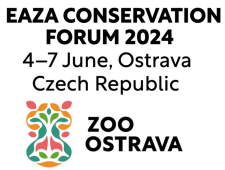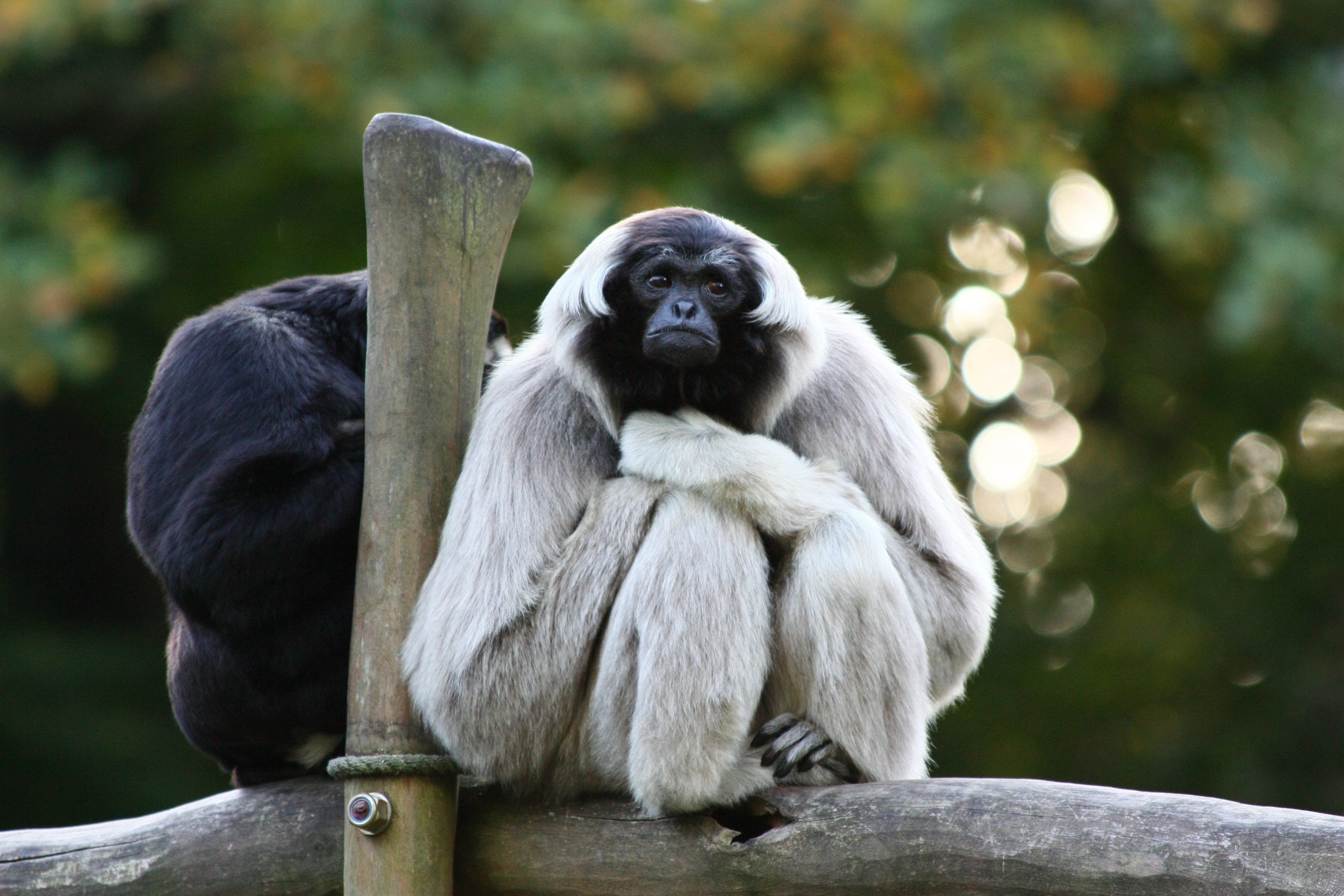Programme roles
| • Insurance All Gibbon EEPs function as a demographically stable, genetically healthy and behaviourally competent insurance population for the species to potentially allow reintroduction in the far future if needed and in accordance with IUCN reintroduction guidelines. Having insurance populations for gibbons is generally considered to be important considering the situation in the wild. For the Pileated gibbon EEP, the feasibility of keeping an insurance population is quite challenging due to its biased sex ratio, small size and lack of space to grow due to the imbalance in other gibbon EEP population sizes and the remaining individuals of phase‐out gibbon species. |
|
| • Education (outside range) Keeping the species in attractive exhibits where the animals are able to display naturalistic behaviours provides the opportunity to engaging the public with conservation education stories about small apes in general, taxonomy of gibbons in particular, their unique locomotion/brachiation, forest life in Asia and the threats gibbons are facing in situ (e.g. deforestation, illegal animal trade, hybridisation due to shrinking range). Considering that the trade in this species is encouraged by European tourists taking part in photo‐props with gibbons in‐range, messaging on photo‐props may positively impact the species’ conservation. • Research Enable cooperative research that may benefit either ex situ or in situ populations. Research is suggested on behaviour, nutrition, genetics, veterinary aspects and health. • Fundraising It is strongly recommended by the Gibbon TAG to carry out fundraising for the in-situ projects recommended by the TAG when keeping a species of gibbon, ideally in combination with sharing educational messages about gibbon species with the public. |
Programme numbers
In December 2019 the Pileated gibbon EEP had 48 animals in 16 institutions.
Programme highlights
- The IUCN SSC Primate Specialist Group has recently published best practice guidelines on responsible images of non-human primates. These guidelines aim to reduce the potential costs of primate images to primates, their welfare and conservation in and ex situ. This is relevant for siamangs, as they are sometimes used as photo-props in range countries, resulting in an increased trade in siamangs and other gibbon species.
- IUCN Gibbon SSC has a Facebook page where they regularly publish news stories and updates about gibbon species.
- EAZA published its 2021 Annual TAG Report.






